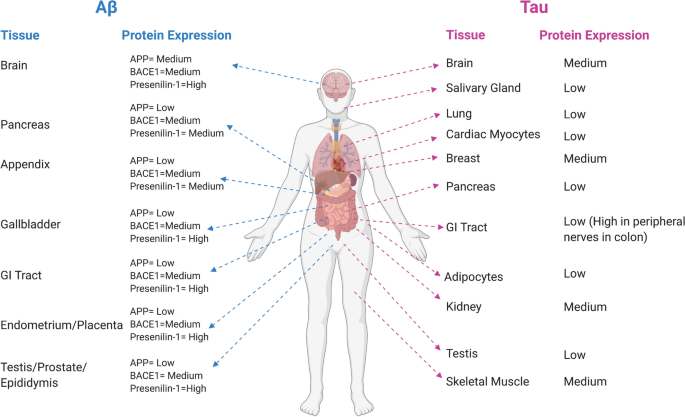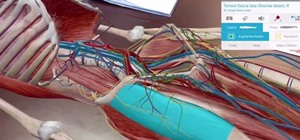
Natasha Frias, a kinesiology student, described her initial shock at seeing the bodies in the lab. But he admitted that the first day he spent with the cadavers, he was sick to his stomach and had to leave the lab or risk throwing up. The organs, he noted, can be damaged by disease or have subtle differences in placement - things that students won’t see in a digital anatomy atlas, no matter how accurate it is.Ĭabrillo College student Gordon Landon, a personal trainer and aspiring public health specialist, said the anatomy class helps him point precisely to a muscle and explain how an exercise is working it. “You never know what you’re going to get,” he said. Students also learn about the natural variations among the bodies they study, said Richard Baldwin, laboratory manager for the anthropology department at UC Santa Cruz. McFarland found a small black growth on the tip of one of the smoker’s lungs. “It’s a look into how people die, how the illnesses at the end of life affect the body.” “It means a lot more than learning about body parts,” McFarland said. The students have spent months comparing the two bodies, understanding not just how they operated in life, but what led to the men’s deaths. Next to the 90-year-old who suffered from Alzheimer’s is 11-288, an 84-year-old man and longtime smoker who died of congestive heart failure. The students examine two cadavers, side by side. Most of the students in McFarland’s anatomy class will go into nursing programs, so she thinks of the bodies as her students’ first patients. A couple of students slip Altoids mints under their tongues to combat the fume-induced nausea. The smell of formaldehyde permeates the lab.

Human anatomy atlas app 99 cents skin#
On the hands, the skin is intact, beige from preservatives and covered with liver spots. The skin on the torso, legs and arms has been removed to show the muscles underneath. The head of the cadaver in McFarland’s lab is neatly wrapped in several layers of plastic so the face isn’t visible. The rest are used in anatomy classes at UCSF’s medical school and colleges and universities around Northern California. The digital tools “are great when used to enhance what the cadavers can actually show, but they can’t replace the real experience of actually working with the real cadaver,” said Andrew Corson, the program’s director.Ībout a quarter of the donated bodies end up in high-end research labs. Now there’s a renewed emphasis on learning from human cadavers. Just a few years ago, there was a move toward “virtual learning” for medical students, including using 3-D digital models of the human body.

Cadavers make a comeback as medical classes shift away from ‘virtual learning’ – The Mercury News


 0 kommentar(er)
0 kommentar(er)
